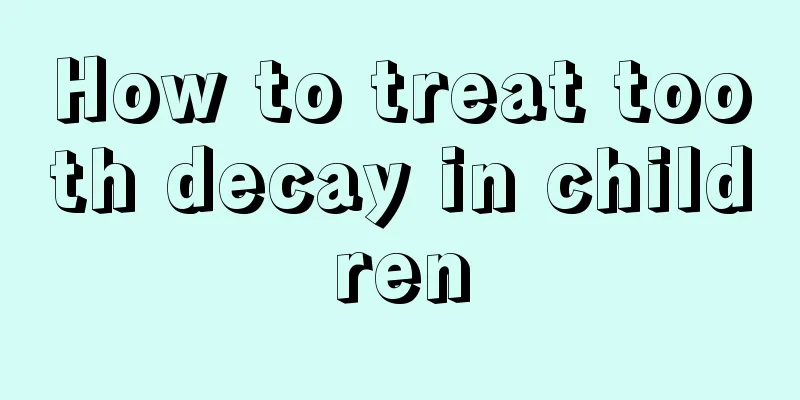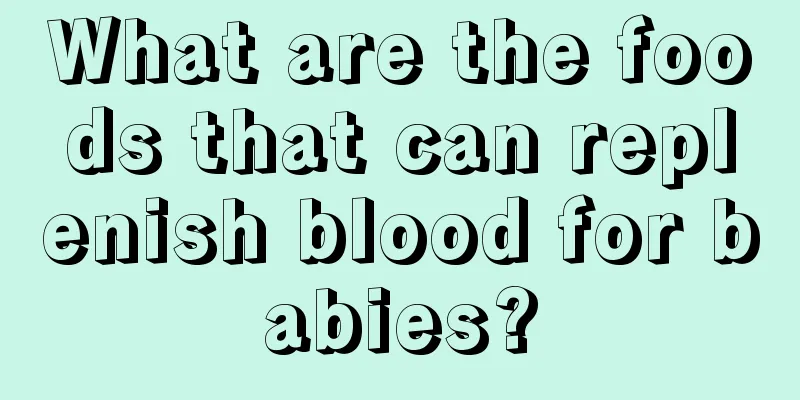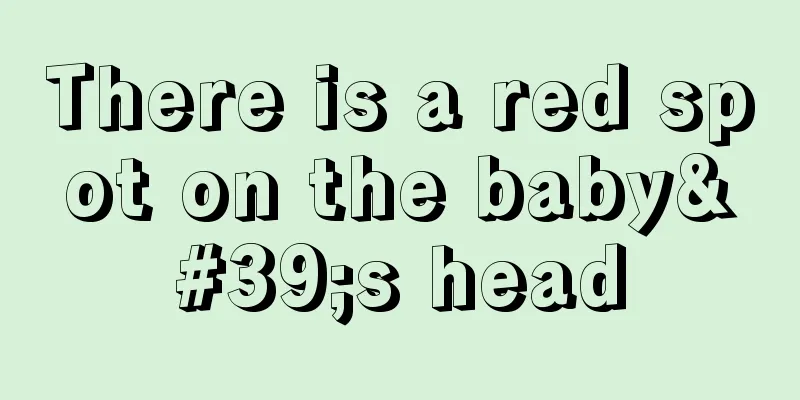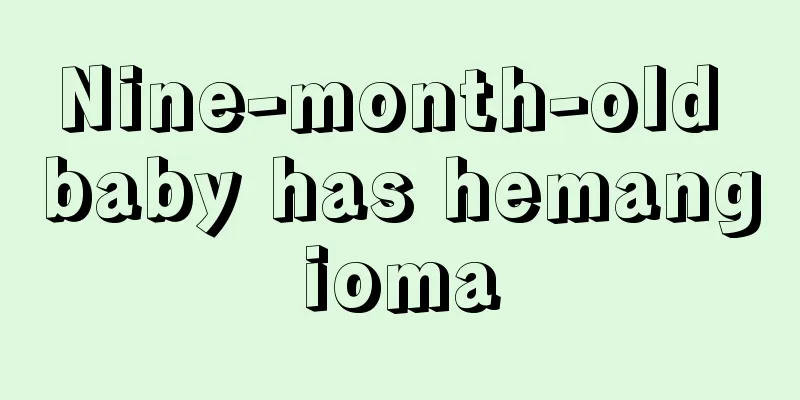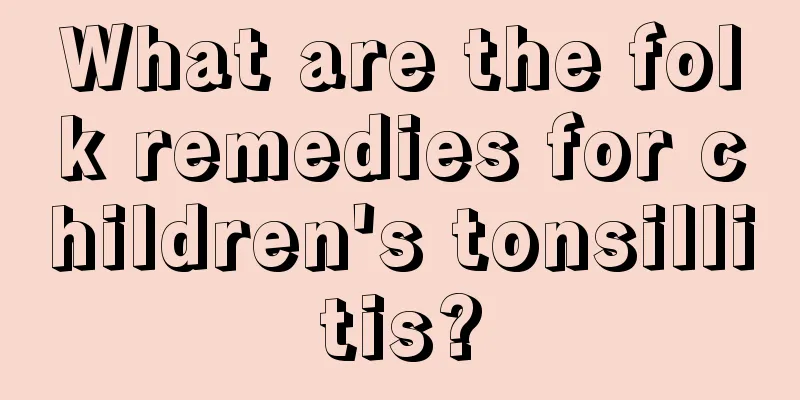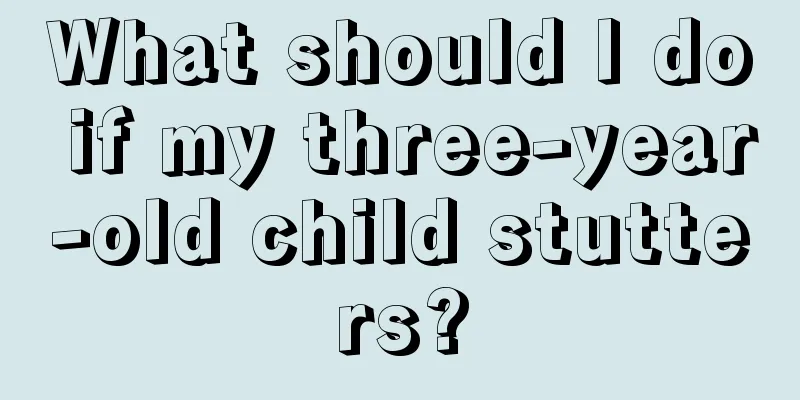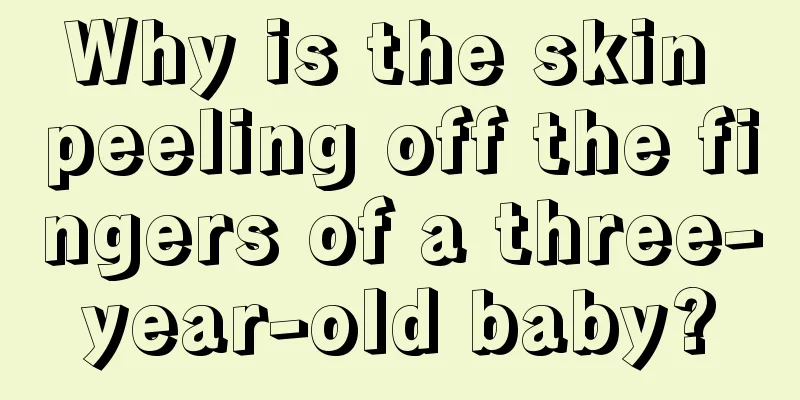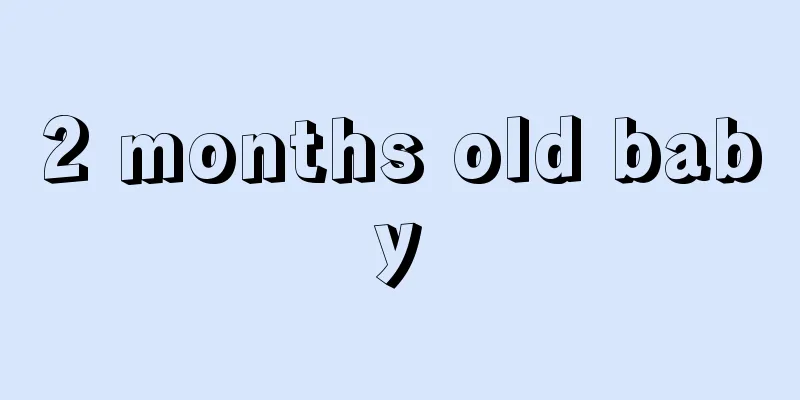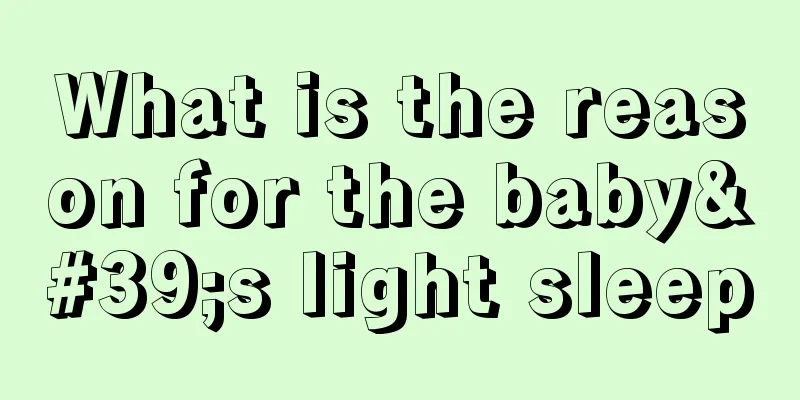What should I do if my child has a fever and convulsions?
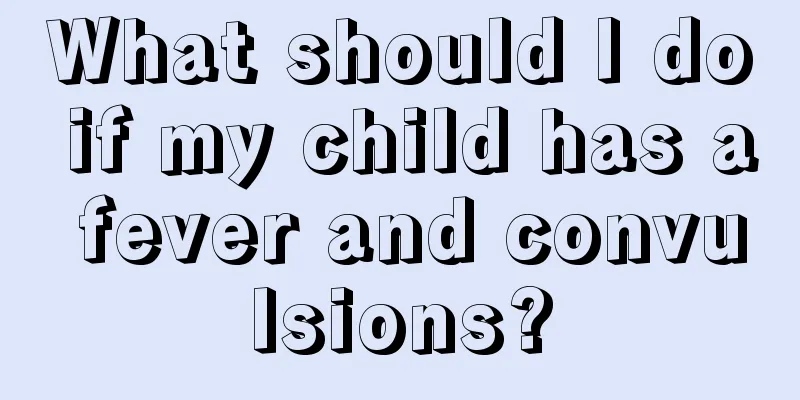
|
For family members, the health of their children is the most important thing, but getting sick is a common phenomenon in daily life. Therefore, when facing the occurrence of illness, we must also treat it correctly and take conditioning and maintenance measures. Take fever for example. When a high fever persists, it will lead to convulsions or seizures. At this time, it is necessary to deal with it promptly and correctly. So what should I do if my child has a fever accompanied by convulsions? If the baby has already had convulsions, parents should immediately lay the child flat on the bed, unbutton the collar, turn the head to one side, remove food and mucus in the mouth to prevent blockage of the respiratory tract; at the same time, press the Ren Zhong point (1/3 from the nose to the upper lip) with fingers until the child wakes up; place pads between the teeth to prevent tongue bites. If your teeth are clenched, do not pry them open with force to avoid damaging your teeth, while keeping your airway open. It is best to wait until the shock is over before going to the hospital for treatment, and closely observe the child's condition on the way to the hospital. Babies who have recurrent convulsions, especially those whose high-febrile convulsions turn into afebrile convulsions, should also go to the hospital for detailed examination and necessary treatment. Convulsion is actually commonly known as "seizure", which is a common emergency in children. Febrile convulsions often occur in children under 3 years old, especially in children under 1 year old. This is mainly because the cerebral cortex of children is not mature enough and the nervous tissue is not fully developed. Therefore, when the body temperature is too high, the baby will have twitching of the face and limbs, accompanied by staring or turning up eyes, pale face, clenched teeth, and unresponsiveness to calls. Some children may have incontinence. The symptoms of this type of convulsion look scary, and the attack is usually short-lived, generally lasting only a few seconds to a few minutes. After the convulsion stops, the baby's mental behavior quickly returns to normal. However, since repeated convulsions can damage brain tissue and affect the healthy growth of children, they should be avoided as much as possible. To prevent febrile convulsions, you must first pay attention to controlling your body temperature. The most taboo is to wrap yourself too much to help "sweating" when you have a high fever. Children with a history of febrile convulsions must use antipyretics in time if they develop a high fever, and then be sent to the hospital for medical treatment to avoid convulsions on the way. The above article gives a clear answer to what to do if a child has a fever accompanied by convulsions. I hope it will be helpful to families. The child is still young, and if the convulsion continues for a long time, the consequences will be very serious, and even various brain neurological diseases may occur. It can be seen that not only timely and correct medical treatment is needed, but also preventive measures must be taken in advance. |
<<: What are the symptoms of a child having a fever and convulsions?
>>: What are the dangers of obesity to children?
Recommend
What are the symptoms of zinc deficiency in one-year-old babies?
We all know that zinc deficiency will affect the ...
Why is the newborn baby's stomach rumbling?
Every mother is very concerned about the health o...
What is the cause of the child's abdominal effusion?
The health of children is a matter that concerns ...
Treatment for black tongue coating in babies
We have seen many babies around us with black ton...
Two-year-old child has nose bleeding
Every structure or every abnormal condition in ou...
Why am I so thirsty while breastfeeding?
Normally, when we are thirsty, it is okay to drin...
My child's night terrors are finally cured. How to prevent them?
The physical health of children is a very importa...
The dangers of cerebral palsy
Cerebral palsy is a disease that can cause great ...
Four-year-old child's foreskin is too long
For children, it is easy for many problems to occ...
What should I pay attention to when my baby has sinusitis?
Sinusitis is an inflammation of the sinus mucosa ...
Baby's white blood cell count is high
If the baby's white blood cell count is high ...
What are the symptoms of trace element deficiency in children?
As we all know, human life activities require the...
How can I relieve a six-year-old child's fever at night?
When parents are taking care of their children, t...
What to do if your child has anal pain
Every time a child encounters a health problem, p...
What are the benefits of children learning Latin dance?
Latin dance is one of the most popular types of d...
